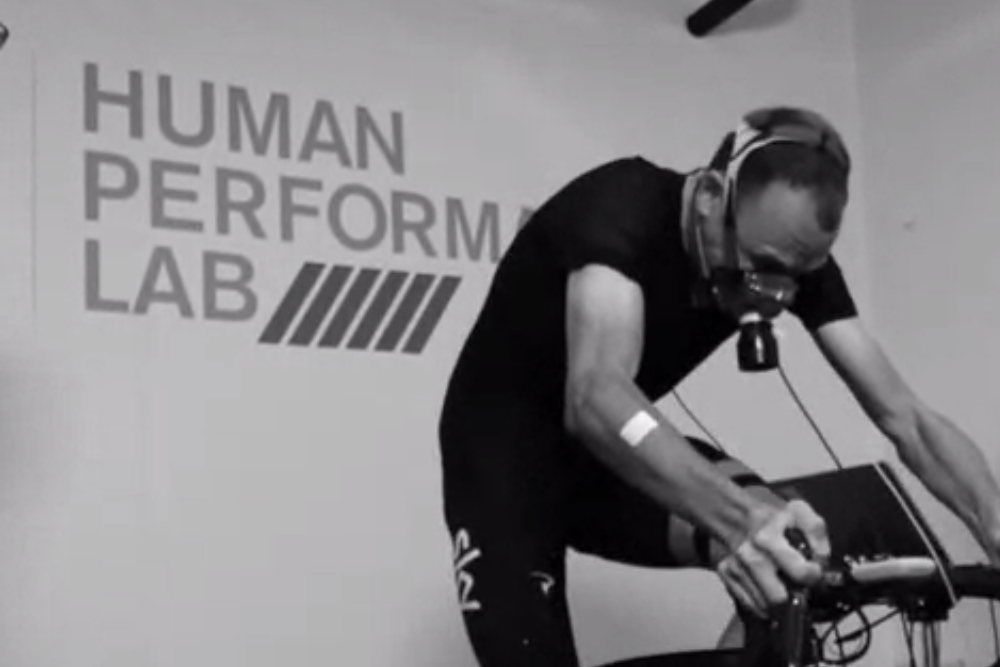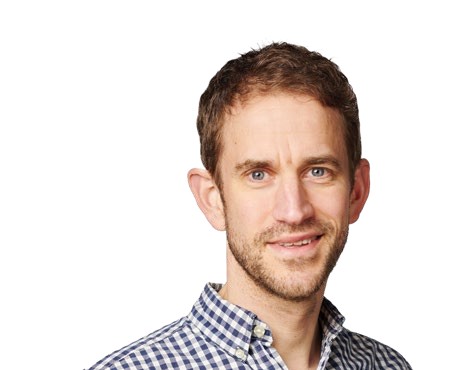Opinion: Don’t get too excited about Chris Froome’s data, it’s only half the story
The release of Chris Froome’s physiological data has caused quite a stir. Well, it has here in the CW offices...

Chris Froome at the GSK Human Performance Lab (Photo: Twitter/@chrisfroome)

The sports science geeks among us are interested to know what Chris Froome's V02 max is, while everyone else is asking what does V02 max actually mean.
The numbers that get released in Esquire on Friday morning will be interesting, don’t get me wrong, but in the harsh reality of bike racing, they are only half the picture. Maybe less.
There are many cyclists left on the scrapheap of broken dreams who have 'big numbers' as the coaches say (‘big numbers’ usually meaning they have high sustainable power output, or high V02 max – the amount of oxygen the body can metabolise, often expressed in volume per minute).
But despite those big numbers, they never hit the heights Chris Froome has. Nowhere near.
Put them in a lab alongside the double Tour winner and they’ll produce similar numbers. Put them in the stressful environment that is a pro peloton and they’ll be out the back before Froome has even taken off his arm warmers.
It’s not just the stress of a race environment either. Some won’t hack the training, the lifestyle, or the sacrifices.
Tom Danielson is a good example. Forget about the positive tests for a minute, the American was long tipped as the next big thing. His numbers were big. Very big. Big enough to win the Tour according to some he worked with. But he would always fall flat in the bigger European races.
The latest race content, interviews, features, reviews and expert buying guides, direct to your inbox!
Video: What are training zones?
When those races hit the mountains he had the physical capacity to be in the lead group. The trouble was, he rarely even saw the front group as he couldn’t master the art of fighting his way to the front and then holding his position.
When the peloton hit a big climb he was already so far back, he then spent the rest of the race trying to get passed dropped riders. That sapped his strength and he faded. All the time weaker riders than him would be comfortably sitting on a wheel, saving as much of their energy as possible.
You see, bike racing isn’t all about numbers.
Then there’s the flip side to all of this. There are riders in the pro peloton who, going by their numbers alone, shouldn’t be able to do what they can do.
Mark Cavendish is one of the most famous examples of this. Soon after Cav signed to T-Mobile in 2007 he was on a training camp in Mallorca where all the riders were tested on a static rig.
The story goes that Cav’s measured power on this rig was so low it prompted the coach at the time to say he wouldn’t even get to the end of a ProTour (as it was then) race, let alone contest it.
So how did he establish himself as the best sprinter of a generation over the next four or five seasons?
There are lots of reasons. Positioning is one of them. Timing, tactics, fanatical attention to detail, aerodynamics and – perhaps most importantly for Cav – a drive to win so strong it is hard for others to understand.
Britain’s Jeremy Hunt was the same. Hunt hated physiological tests. One famous story, that I should say he never confirmed, came from a time when he was in consideration for the GB team going to the 1997 Tour de L’Aviner.
He was doing a ramp test at Manchester velodrome that was part of the then selection process. Midway through he simply stopped pedalling and climbed off. He couldn’t be bothered. And he didn’t get selected for the GB team.
Instead he rode for Banesto and won two stages and the green sprints jersey.
There are no numbers, big or small, that could have told the selectors that. And there never will be.

Editor of Cycling Weekly magazine, Simon has been working at the title since 2001. He first fell in love with cycling in 1989 when watching the Tour de France on Channel 4, started racing in 1995 and in 2000 he spent one season racing in Belgium. During his time at CW (and Cycle Sport magazine) he has written product reviews, fitness features, pro interviews, race coverage and news. He has covered the Tour de France more times than he can remember along with the 2008 and 2012 Olympic Games and many other international and UK domestic races. He became the 134-year-old magazine's 13th editor in 2015 and can still be seen riding bikes around the lanes of Surrey, Sussex and Kent. Albeit a bit slower than before.